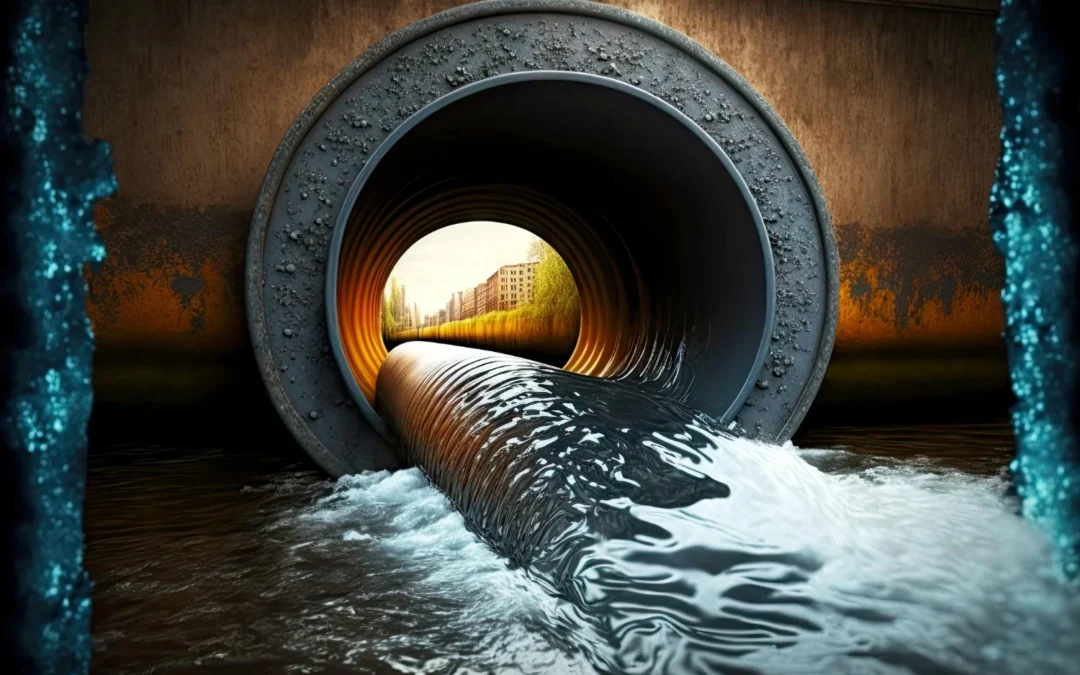With urbanisation and environmental protection becoming increasingly important aspects of modern living, there is an undeniable need for efficient and sustainable wastewater management systems. Sewage lifting stations are a crucial component in the effective management of wastewater, helping to transport sewage from a lower elevation to a higher elevation, allowing for proper drainage and treatment. These stations provide a vital function in residential areas, commercial properties, and various industries, ensuring effective wastewater management and environmental compliance.
Our comprehensive guide to sewage lifting stations aims to provide you with valuable insights, detailing the various types of lifting stations, their specific applications, and best practices when it comes to design, installation, and maintenance. Whether you are a homeowner wanting to ensure a sanitary living environment or a property manager seeking to optimise wastewater management solutions for your facility, our expert knowledge and insights will surely prove invaluable in achieving your wastewater management objectives.
Types of Sewage Lifting Stations
1. Gravity Sewage Lifting Stations
Gravity lifting stations rely on gravity to transport wastewater from a lower to a higher elevation. They are most suitable for small-scale applications with relatively shallow depths, where pumping isn’t required, and a natural slope enables the sewage to flow from one place to another with ease.
2. Pump Sewage Lifting Stations
Pump sewage lifting stations are the most common type of lifting station, designed to pump wastewater uphill from a lower to a higher elevation. Equipped with powerful pumps, these stations are ideal for instances where gravity alone isn’t sufficient to transport wastewater, such as in large residential complexes, commercial properties, and industrial facilities.
Applications of Sewage Lifting Stations
1. Residential Communities
In residential areas, sewage lifting stations are vital in managing wastewater from homes, enabling efficient transportation of sewage to treatment plants or sewage mains, ensuring a sanitary living environment.
2. Commercial Properties
Sewage lifting stations play a critical role in wastewater management for commercial properties like office buildings, shopping centres, and hotels, where large volumes of wastewater require efficient transportation and treatment.
3. Industrial Facilities
Effective wastewater management is crucial in industrial settings where vast amounts of wastewater are generated daily. Sewage lifting stations ensure seamless transportation and treatment of wastewater, complying with environmental regulations and industry-specific requirements.
4. Municipal Wastewater Management
Sewage lifting stations are an essential component of municipal wastewater management systems, contributing to an efficient, cost-effective, and environmentally friendly solution for transporting and treating large volumes of wastewater generated by a city or town.
Best Practices for Sewage Lifting Station Design, Installation, and Maintenance
1. Design Considerations
When designing a sewage lifting station, it’s essential to consider several factors, including site location, station depth, and capacity, as well as pipework layout and electrical requirements. Engaging experts to conduct a detailed analysis of the site and project requirements ensures a tailored solution that optimises performance and longevity.
2. Proper Installation
An incorrectly installed sewage lifting station can lead to reduced efficiency and increased risk of malfunctions. Engaging qualified professionals to install the station—that adhere to local regulations and industry standards—will ensure seamless integration with your existing wastewater systems.
3. Regular Maintenance
Sewage lifting stations require regular maintenance to retain optimal performance. Scheduled maintenance includes examining pumps, valves, and pipework for signs of wear or damage, cleaning out debris from wet wells, and ensuring electrical components are in good working order. Proper maintenance extends the life of a lifting station and minimises the possibility of unexpected breakdowns.
4. Emergency Preparedness
Having a plan in place for emergencies, such as power failures or pump malfunctions, is essential to minimise downtime and prevent environmental concerns. An emergency preparedness plan may include backup generators, spare pumps, and an established protocol for dealing with urgent maintenance issues.
5. Professional Services
Hiring a specialist to conduct regular check-ups, repairs, and maintenance of your sewage lifting station is highly advisable. Professionals provide expert guidance, ensuring optimal performance and extended life for your station.
Conclusion
Sewage lifting stations play a pivotal role in the successful management of wastewater across residential, commercial, and industrial landscapes. Armed with a solid understanding of the different types and applications of sewage lifting stations, as well as best practices for their design, installation, and maintenance, you can make informed decisions about your property’s wastewater management systems. Efficiently designed and well-maintained sewage lifting stations contribute to improved environmental health and a more sustainable future for all.
As one of the UK’s leading manufacturers and installers of sewage pumps and packaged pumping stations, our team of experts at A&C Pumpts Ltd is here to help you navigate the intricacies of sewage lifting stations. Get in touch with us today to discuss your wastewater management needs and discover how our expertise in sewage lifting stations can enhance your property’s wastewater management systems.

